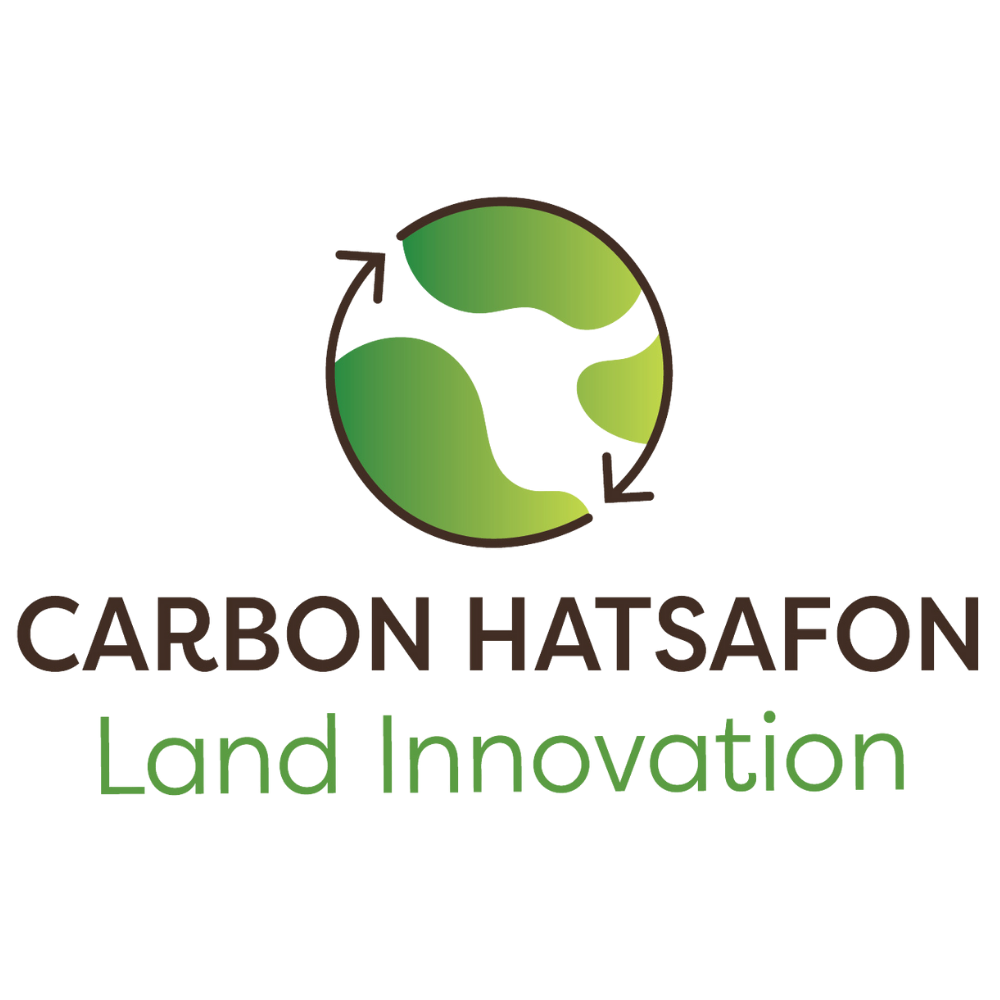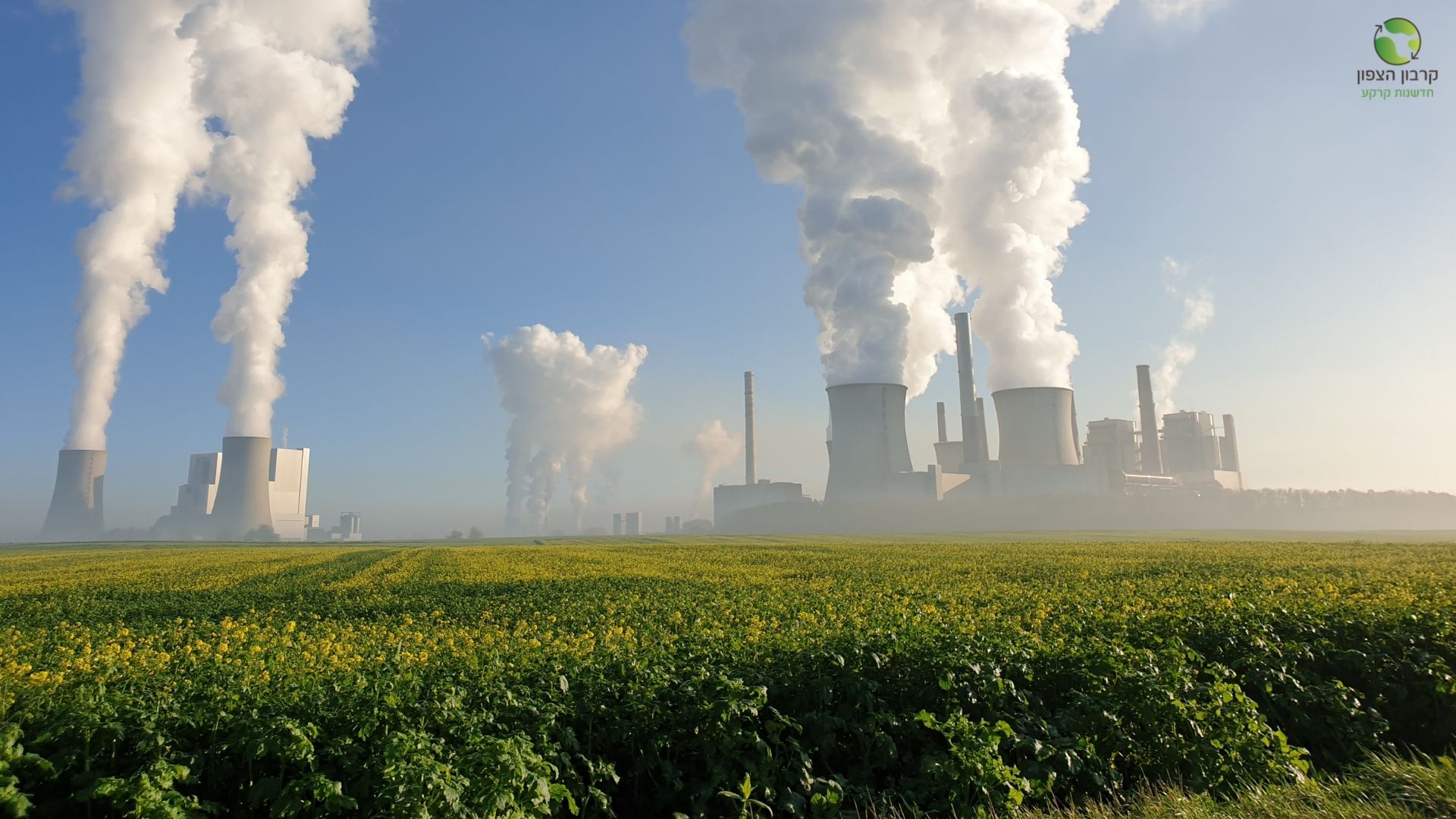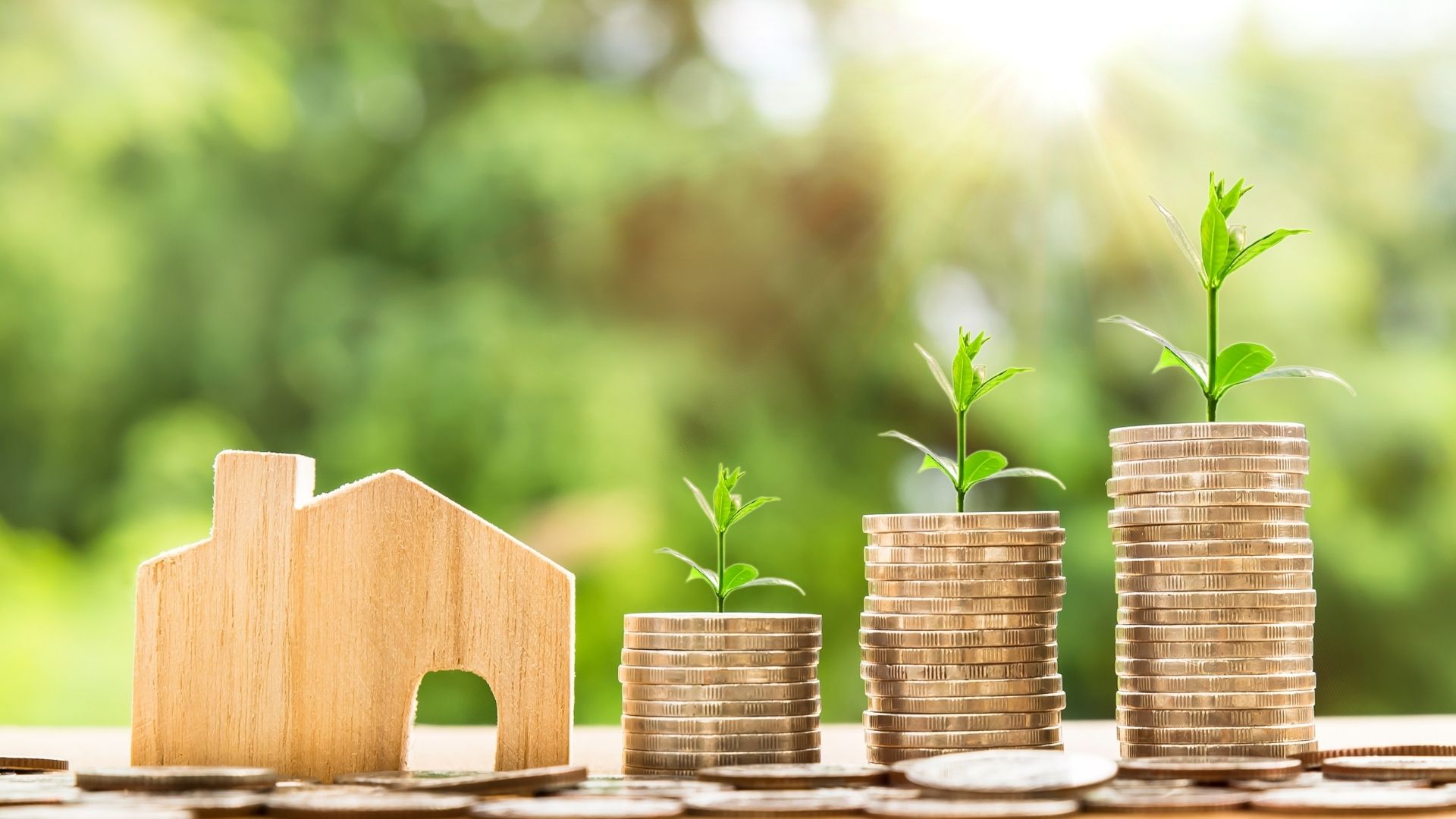The merchandise in this market is quite agreed-upon: one carbon certificate is equal in value to a single ton of CO2. However, the price of that certificate may currently range from $5 to $150 per unit.
If we look at the options for sequestration, agricultural lands are a viable option. It is possible to maximize the value of the land for growers not only by improving crops and their quality but also by reducing emissions (and reducing the costs derived from them) and by sequestration of carbon in the soil.
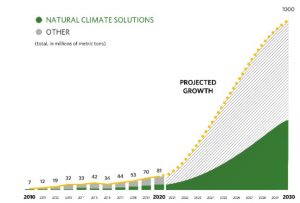
The issue of carbon certificates may constitute an excellent tool that addresses a vast developing demand market outside the usual value chain of farmers.
The solution should be one where the growers receive a fair price for the value they create by changing the method. Changing the processing and land management methods is the means. As well as the participation of the local population in this act.
The result is the advanced improvement in various metrics, such as soil recovery and improvement of fertility, water retention improvement, food security, an increase of biological activity in the area, carbon sequestration, and reduction of carbon emissions. Again, win-win-win.
The growers should receive an appropriate price for their contribution to emission reduction and the environmental services they provide for the world. The change in agriculture is not the whole solution, but rather only a part of it, but this is currently a rapidly developing niche.
The idea appeals to many. But the carbon certificate market is based on nature, and nature is confusing and controversial.
The promise and opportunity in the market try to meet the agricultural and environmental reality in a joint mission: to promote climate solutions while providing an opportunity for profitable, sustainable, and regenerative agriculture.
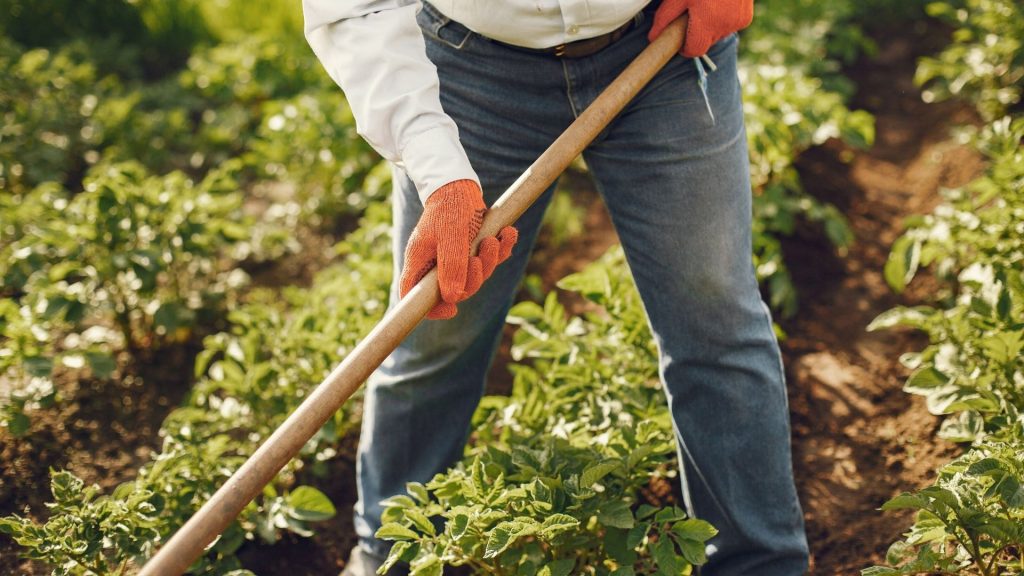
Regenerative Agriculture and the carbon certificate markets have become a big story globally, and it seems that many are jumping on the bandwagon. An abundance of non-governmental organizations, public-private consortiums, academic workgroups, and private companies rush to define and implement the promise rooted in carbon sequestration in the soil.
Currently, there are more than 100 voluntary carbon markets and over 60 different pricing solutions that enthrall buyers and investors. More than 50 large corporations have announced their carbon neutrality goals by 2040, and more than 900 American companies have gone public with climate or carbon commitments. Countries enact laws, and the courts are also getting involved. So are the insurance companies.
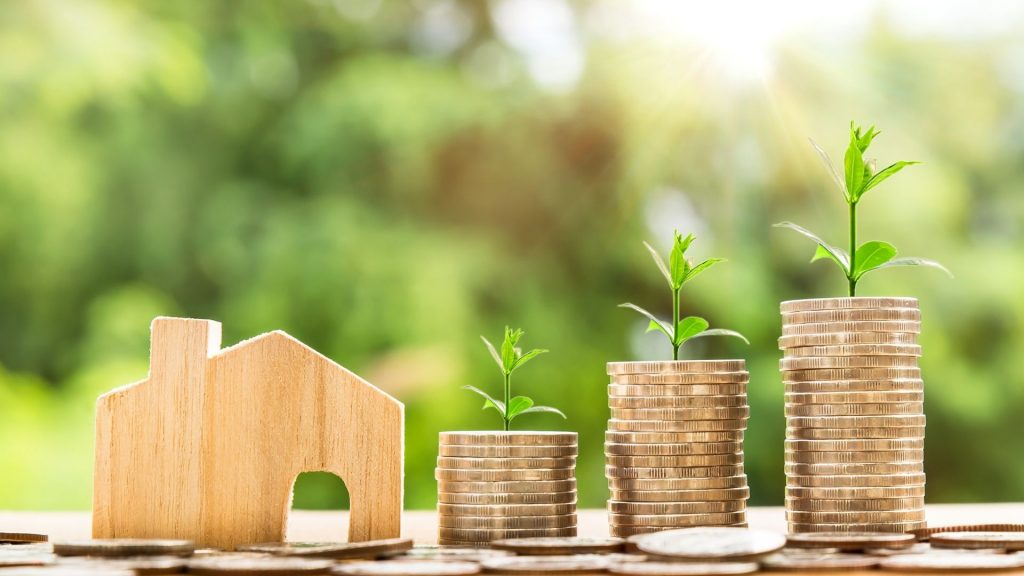
With all the buzz comes a healthy measure of skepticism and competition. Discussions of methodology, protocol, risk evaluation, and incentives. The main subjects occupying the market are: how to assure agricultural resilience and soil health using innovation and technology while addressing demand by the target audiences of the carbon certificates: governments, energy, transportation, and quarrying companies, brands, and grower organizations.
Main questions arising from the market
- How can the certificate buyer know and be confident that what was purchased indeed exists?
- What gets in the way of adopting carbon farming and regenerative agricultural methods?
- How can these obstructions be overcome by a combination of incentives – not taxes and fees – such as partnerships, payments, and business and/or government plans?
- What lies ahead? How can the industry be driven forward to achieve climate resilience and profitability for the farmers?
Carbon HaTsafon focuses on accelerating the transition to regenerative agriculture, implementing advanced science and technology to create a deep understanding of the plant-soil system and agricultural systems on a significant scope.
Carbon HaTsafon provides solutions that support the needs of both growers and organizations in their journey towards regenerative agriculture. The result for the environment is the reduction of greenhouse gas emissions, a food system more resilient to climate change, and the prevention of nitrogen and phosphorus runoff into our water systems.
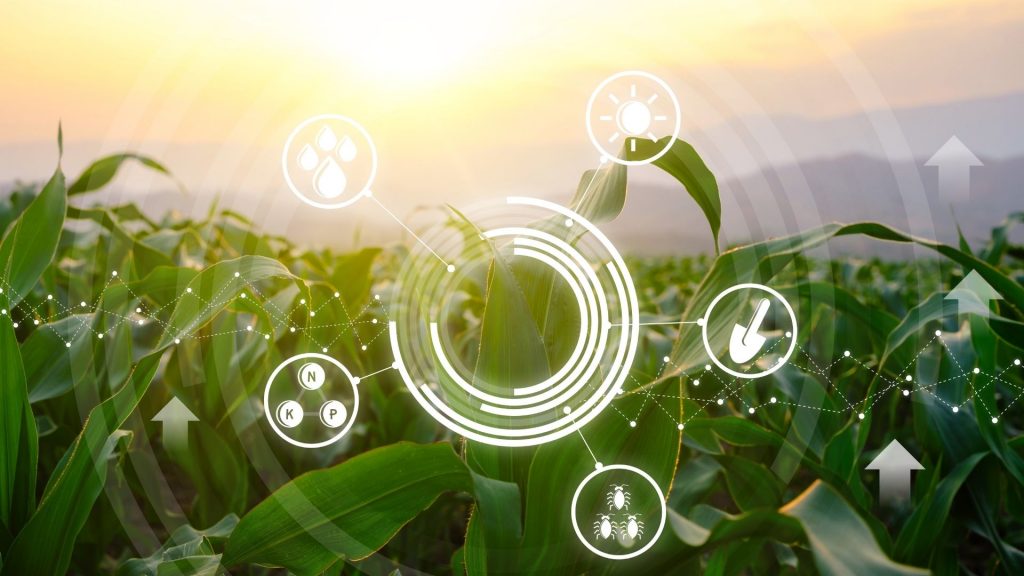
Carbon HaTsafon has set a goal for itself – to improve the growers’ profitability, environmental sustainability, and consumer health through the use of nature- and digital-based technologies. Management of the supply chain to streamline how the plants and soil produce quality crops.
Carbon HaTsafon acts to make it easier, as much as possible, for farmers and others to receive payment for the removal of carbon dioxide from the atmosphere and its reliable storage in the soil.

